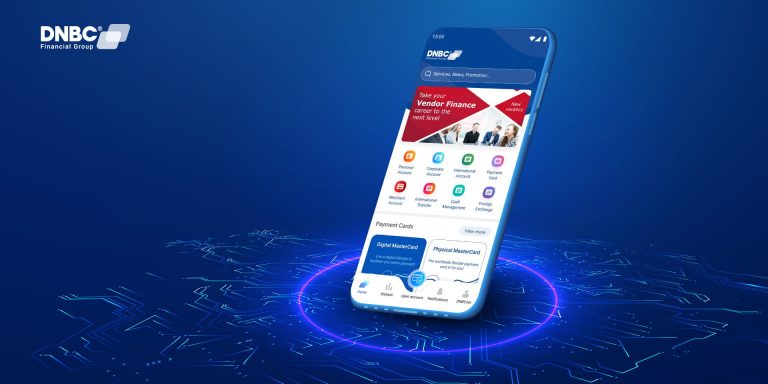Have you ever transferred money through wire transfer and wondered how to get a proof wire transfer receipt for your transaction? If you have, you are not alone.
Many people want to track their wire transfer and get proof of your receipt for security and documentation purposes.
DNBC’s experts will discover how to obtain proof of wire transfer receipt and explore some related information.
Why do you need a proof wire transfer receipt?
If you are sending or receiving money through a wire transfer, you may be asked to provide a proof of wire transfer receipt. This is a document that confirms that the funds have been successfully transferred from one account to another.
A proof of wire transfer receipt can serve as a verification of payment for various purposes, such as:
- Buying or selling goods or services online
- Making a deposit or paying rent for a property
- Sending money to family or friends abroad
- Paying taxes or fees to a government agency
- Donating money to a charity or organization
Basically, a proof of wire transfer receipt typically contains the following information:
- The name and address of the sender and the recipient
- The date and time of the transfer
- The amount and currency of the transfer
- The bank name and routing number of the sender and the recipient
- The transaction reference number or confirmation code
Depending on the bank or service provider, you may receive a proof of wire transfer receipt by email, text message, online banking, or paper statement.
In most cases, you should keep a copy of the proof wire transfer receipt for your records and provide it to the other party as soon as possible. A proof wire transfer receipt can help you avoid disputes, frauds, or delays in completing your transaction.

How to track a wire transfer as a receiver
Wire transfers are a fast and convenient way to receive money from abroad. However, sometimes you may encounter delays or errors in the process.
How can you track a wire transfer as a receiver and ensure that you get your funds as soon as possible?
The first step is to confirm the details of the wire transfer with the sender. You should have the following information:
- The amount and currency of the transfer
- The date and time of the transfer
- The sender’s name and bank account number
- The receiver’s name and bank account number
- The SWIFT code or routing number of the receiver’s bank
- The reference number or confirmation code of the transfer
If you have all these details, you can contact your bank and ask them to check the status of the wire transfer. You may need to provide some verification information, such as your ID or password. Your bank should be able to tell you if the transfer has been processed, is in transit, or has been rejected.
If the transfer has been processed, it means that your bank has received the funds and credited them to your account. You should be able to access them immediately or within a few hours, depending on your bank’s policies.
If the transfer is in transit, it means that it is still being processed by one or more intermediary banks. This can take from a few hours to a few days, depending on the countries and currencies involved.
You can ask your bank to provide you with a tracking number or a trace report, which can help you track the progress of the transfer.
If the transfer has been rejected, it means that there was an error or discrepancy in the details of the transfer. This can happen for various reasons, such as incorrect account numbers, insufficient funds, or compliance issues. You should contact the sender and ask them to correct the error and resend the transfer.
To avoid delays and errors in wire transfers, it is important to double-check all the details before sending or receiving money. You should also keep a record of all the confirmation codes and receipts for future reference. Wire transfers are a secure and efficient way to receive money from abroad, as long as you follow these steps to track them as a receiver.
Transfer money with DNBC Financial Group
DNBC Financial Group offers secure money transfer services with a transaction history feature that allows you to keep track of your transactions.
You can easily transfer money domestically or internationally with the peace of mind that comes from knowing your transaction is secure. DNBC uses state-of-the-art encryption and security protocols to ensure that your information and funds are protected.
With the transaction history feature, you can view your past transactions and keep track of your account activity. You can see when a transfer was made, the amount sent and received, and the status of each transaction. This can be a valuable tool for managing your finances and ensuring that everything is in order.
DNBC Financial Group is your trusted provider in international money transfer
- Get 100% free 1-on-1 support
- 100% free account opening
- Seamless onboarding process
Or please contact DNBC
Email: [email protected]
Phone Number:
- +65 6572 8885 (Office)
- +1 604 227 7007 (Hotline Canada)
- +65 8442 3474 (WhatsApp)

 DNBC Team
DNBC Team






